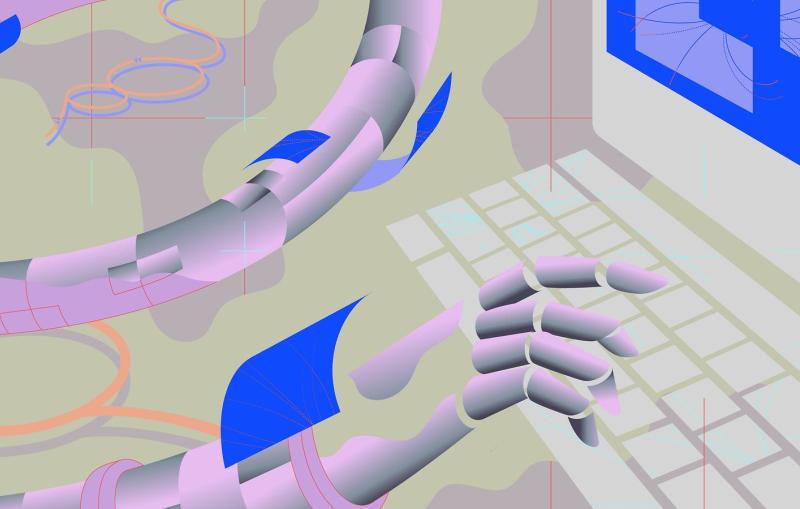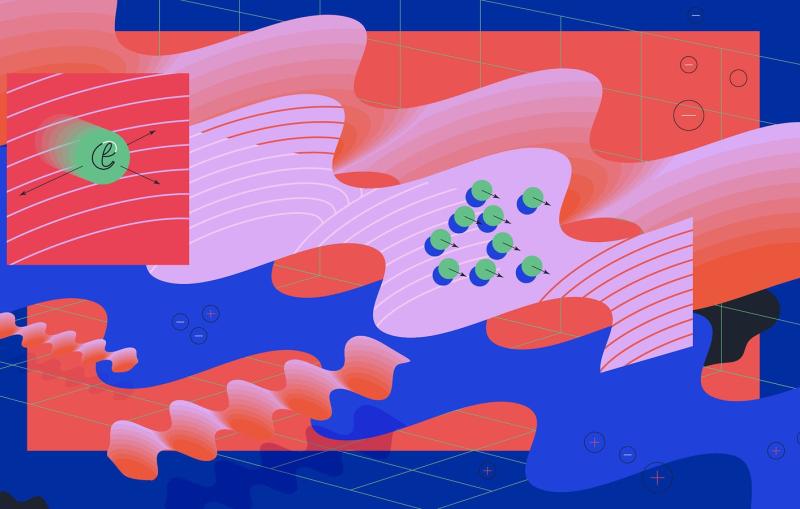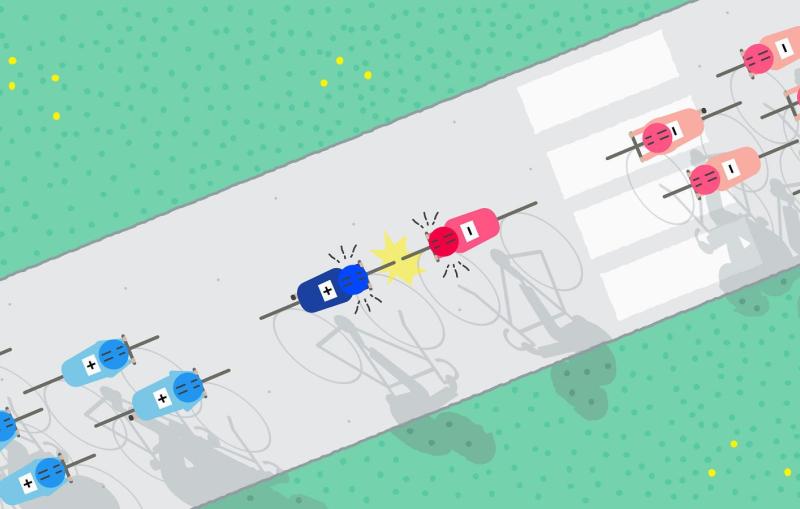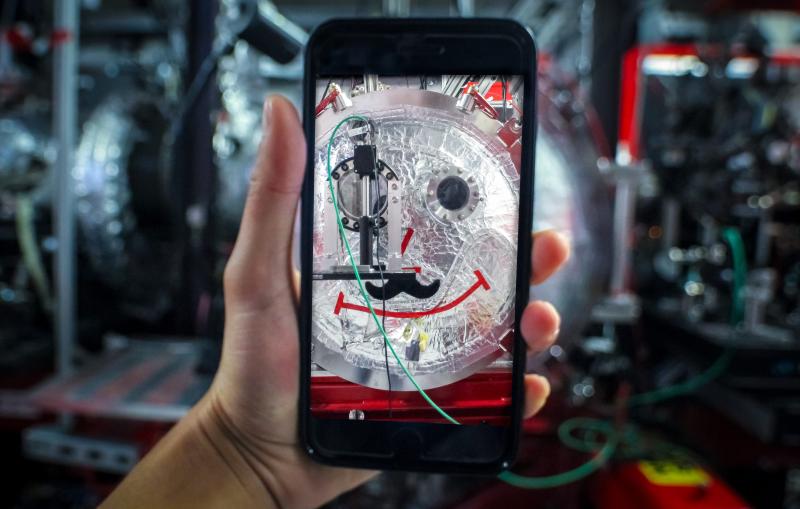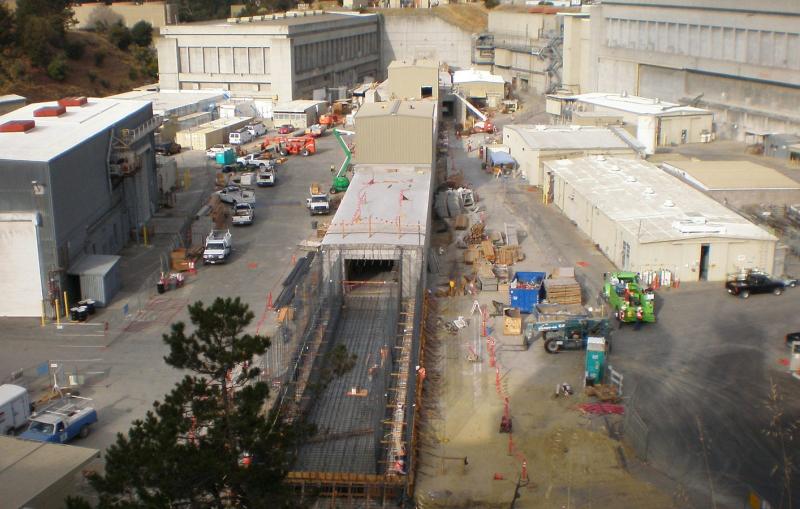The SLAC Photowalk took a group of photographers, both amateur and professional, behind the scenes to photograph SLAC's world-class science facilities, including the world's longest linear accelerator, the Linac Coherent Light Source (LCLS) and the Stanford Synchrotron Radiation Lightsource (SSRL)...
